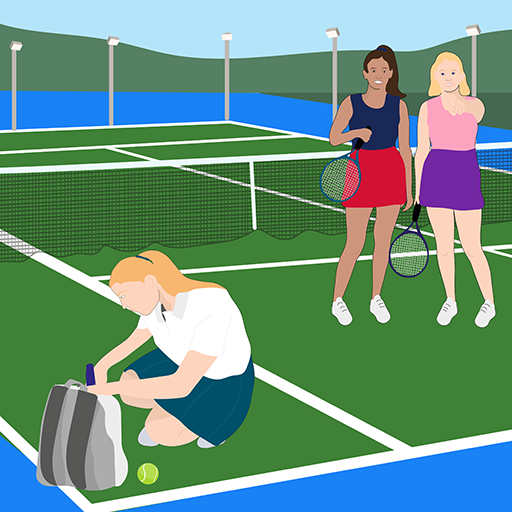2.5 Bullying: what about the actions of other athletes?
Bullying is often found to be the number one concern for children – but it’s not just an issue for children – it also affects many adults in sport. It is a form of emotional/psychological abuse.
 Identify the different types of bullying
Identify the different types of bullying
Think about the different ways people may bully others. Make notes below and then compare it to our list.
Answer
Here is what we came up with – did you think of any different examples?
Bullying can take many forms including:
| Physical – hitting, pushing, kicking or other physical assaults; intimidating; taking or damaging belongings. |
| Verbal – offensive name-calling, insults or gossiping, spreading nasty rumours, constantly undermining someone. |
| Non-verbal – using offensive hand gestures or signs; excluding, ignoring or ‘blanking’ someone. |
| Racist, sexist or |
| Sexual – sexualised name-calling, comments, or threats; inappropriate and uninvited touching; inappropriate sexual propositions. |
| Online – use of social media or text messages to make comments, send threats, and spread rumours and allegations. |
Bullying can have long-term effects and can happen wherever people get together – including within sport.
It’s sometimes assumed that bullying between children is less serious than abuse by adults – but this is not necessarily true. Bullying behaviour always requires a response.
 How can you stop bullying?
How can you stop bullying?
Take a moment to list what could be done in-person and online to protect people from bullying.
Answer
Here are some of our ideas:
- Make sure your safeguarding
policy or code of ethics covers anti-bullying. - Run awareness campaigns about what bullying is and why it should be challenged.
- Include bullying in your
code of conduct . - Educate athletes about cyber-bullying.
The impact of bullying can last a lifetime – it’s always important to act. |
Next, you look in more detail at online bullying.
2.4 How are behaviours which cause a safeguarding concern identified?




